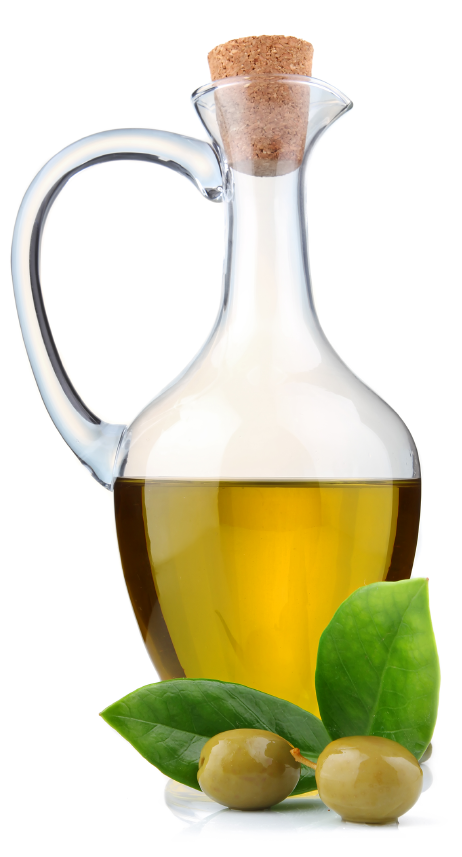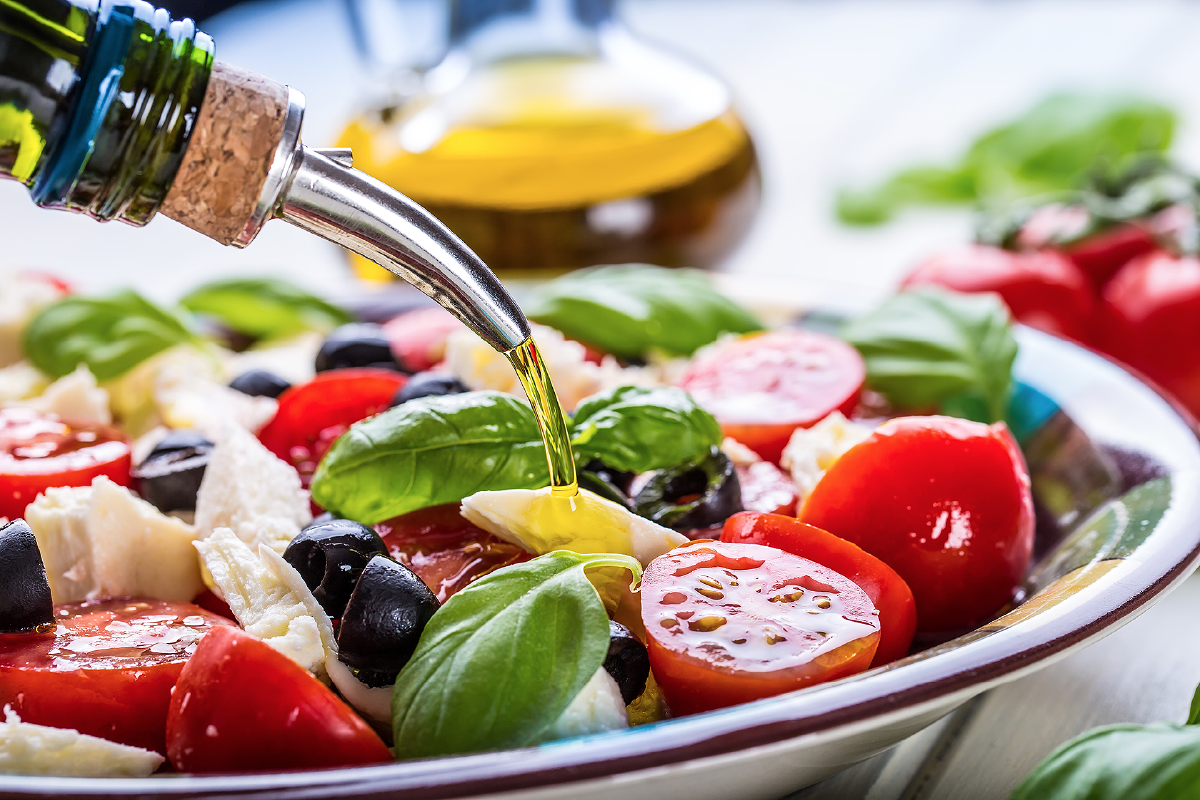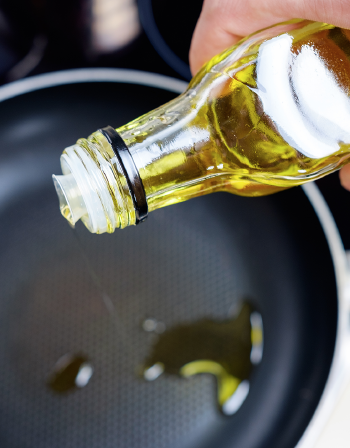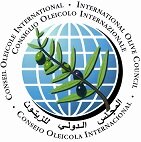
Designations and definitions of Olive Oils
Virgin olive oils are the oils obtained from the fruit of the olive tree (Olea europaea L. ) solely by mechanical or other physical means under conditions, particularly thermal conditions, that do not lead to alterations in the oil, and which have not undergone any treatment other than washing, decantation, centrifugation and filtration.
Virgin olive oils fit for consumption as they are include:
Extra virgin olive oil
Virgin olive oil which has a free acidity, expressed as oleic acid, of not more than 0.8 grams per 100 grams, and the other characteristics of which correspond to those fixed for this category in the IOC standard.
Ordinary virgin olive oil
Virgin olive oil which has a free acidity, expressed as oleic acid, of not more than 3.3 grams per 100 grams and the other characteristics of which correspond to those fixed for this category in the IOC standard. This designation may only be sold direct to the consumer if permitted in the country of retail sale. If not permitted, the designation of this product has to comply with the legal provisions of the country concerned.
Refined olive oil
Refined olive oil is the olive oil obtained from virgin olive oils by refining methods which do not lead to alterations in the initial glyceridic structure. It has a free acidity, expressed as oleic acid, of not more than 0.3 grams per 100 grams and its other characteristics correspond to those fixed for this category in the IOC standard. This designation may only be sold direct to the consumer if permitted in the country of retail sale.
Virgin olive oil
Virgin olive oil which has a free acidity, expressed as oleic acid, of not more than 2 grams per 100 grams and the other characteristics of which correspond to those fixed for this category in the IOC standard.
Virgin olive oil not fit for consumption
Virgin olive oil not fit for consumption as it is, designated lampante virgin olive oil, is virgin olive oil which has a free acidity, expressed as oleic acid, of more than 3.3 grams per 100 grams and/or the organoleptic characteristics and other characteristics of which correspond to those fixed for this category in the IOC standard. It is intended for refining or for technical use.
Olive oil
Olive oil is the oil consisting of a blend of refined olive oil and virgin olive oils fit for consumption as they are. It has a free acidity, expressed as oleic acid, of not more than 1 gram per 100 grams and its other characteristics correspond to those fixed for this category in the IOC standard. The country of retail sale may require a more specific designation.
Olive pomace
Olive pomace oil is the oil obtained by treating olive pomace with solvents or other physical treatments, to the exclusion of oils obtained by re esterification processes and of any mixture with oils of other kinds. It is marketed in accordance with the following designations and definitions:
Crude olive pomace oil is olive pomace oil whose characteristics correspond to those fixed for this category in the IOC standard. It is intended for refining for use for human consumption, or it is intended for technical use.
Refined olive pomace oil is the oil obtained from crude olive pomace oil by refining methods which do not lead to alterations in the initial glyceridic structure. It has a free acidity, expressed as oleic acid, of not more than 0.3 grams per 100 grams and its other characteristics correspond to those fixed for this category in the IOC standard.This product may only be sold direct to the consumer if permitted in the country of retail sale.
Olive pomace oil is the oil comprising the blend of refined olive pomace oil and virgin olive oils fit for consumption as they are. It has a free acidity of not more than 1 gram per 100 grams and its other characteristics correspond to those fixed for this category in the IOC standard. The country of retail sale may require a more specific designation.
Extra Virgin Olive Oil and Gastronomy
Nowadays the use of olive oil is no longer limited to areas where the olive tree is grown and it has come to represent quality cooking almost all over the world.
The alteration undergone by vegetable oils when heated for frying is quicker and more intense the higher their content of polyunsaturated fatty acids (seed oils), and the higher the initial acidity of the oil (it is more stable if it has a high content of natural antioxidants – vitamin E). This alteration also varies according to temperature and length of time heated, number of times used, manner of frying (in continuous frying it changes less), and the type of food being fried (frying fish, especially oily fish, increases the polyunsaturated acid content of the oil, facilitating its decomposition).
To retain its properties it must be kept away from excess heat, air, damp and, above all, from light.



